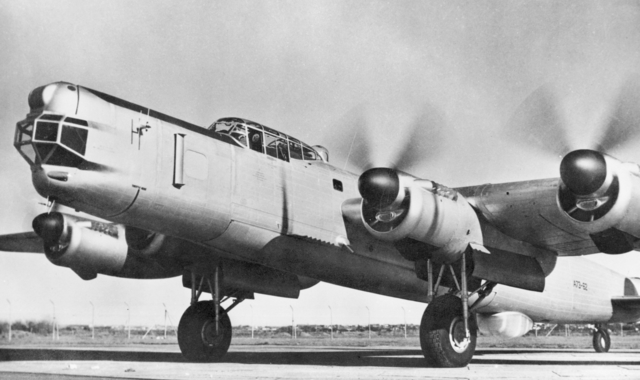Interesting facts about the Avro Lincoln; The Heavy Bomber
The Avro Lincoln also designated as Avro Type 694 was the British heavy bomber aircraft which was powered by 4 engines and first flew back on June 9th, 1944. The design for the Avro Lincoln was inspired by the pre-existing Avro Lancaster. This is the reason that the very first two variants of the Avro … Continue reading Interesting facts about the Avro Lincoln; The Heavy Bomber
0 Comments
